
An original example displayed at MM Park.
The Pak35/36 (L45) (Panzerabwehrkanone 36) was developed in 1934 by Rheinmetall. This was the first specialist anti-tank gun designed for use by the German Army and entered service as the Pak35. It was adopted in 1935 and was originally mounted on wooden, spoked, cart wheels; however, a year later, the need to make it towable by more than just horses, saw the gun carriage adapted to accommodate pneumatic tyres with sprung suspension. The new configuration was designated as the Pak35/36, but it is most commonly referred to as simply the Pak36.

Our museums replica.
The gun, along with a vast amount of German equipment, first saw service in the Spanish Civil War; where it performed well against the light tanks used in this conflict. It was also in Spain where the German troops of the Condor Legion formulated their tactics around their latest kit.
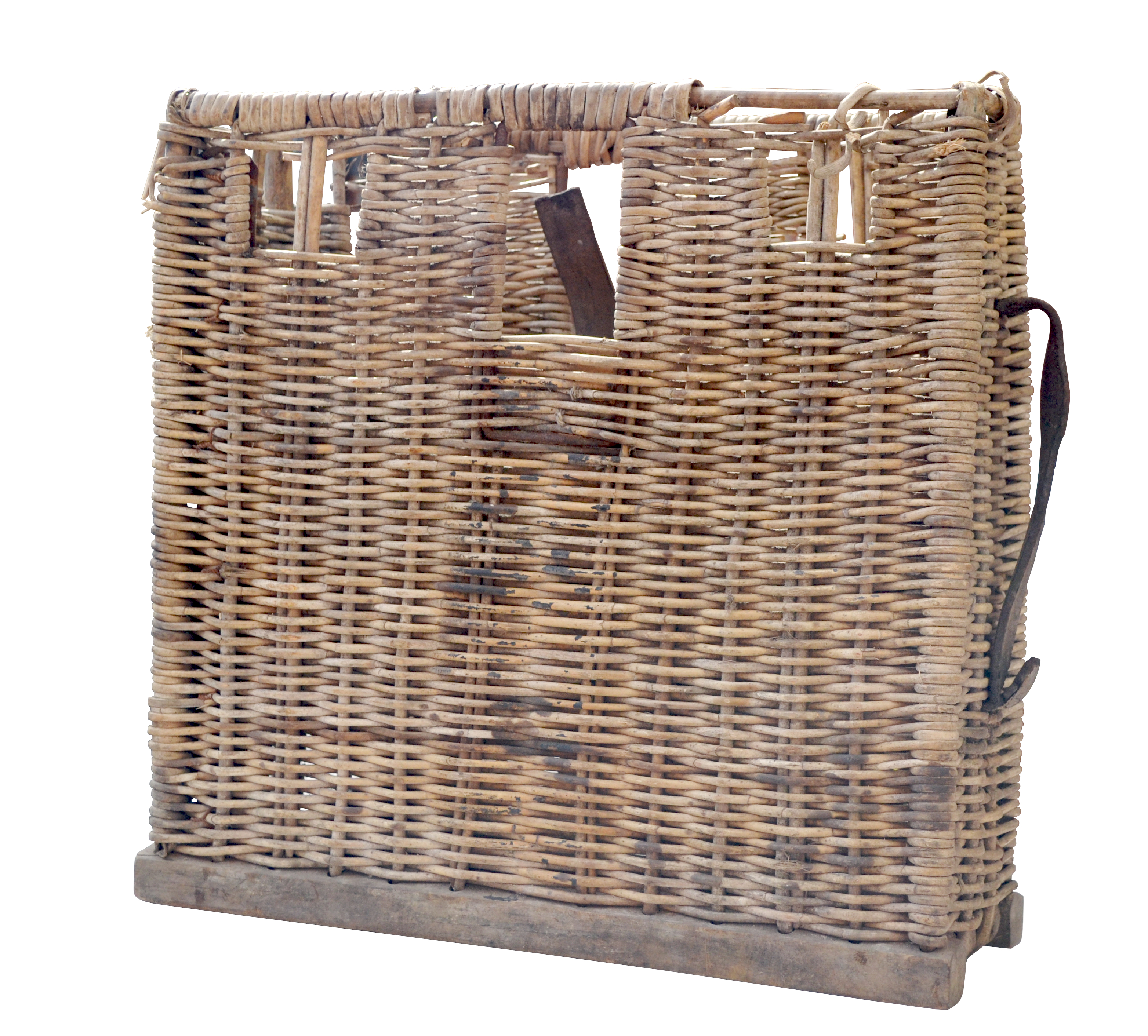
Wicker pannier for transporting the rounds of the Pak36. Simplicity at its best, the pannier could be produced at limited cost, utilising materials which did not have a detrimental effect on the overall war effort. Similar designs had been employed during World War One for other artillery pieces.
Chambered in 3.7mm/37mm (14.5669"), whilst initially effective against targets, the size of the round and improvements in armour saw the gun quickly become obsolete. The indications of the gun's weakness first came to light during the Blitzkrieg offensive in 1940. It was here that the Pak36 encountered the heavier armour of some of the Allied tanks, most notably the Char B and Matilda
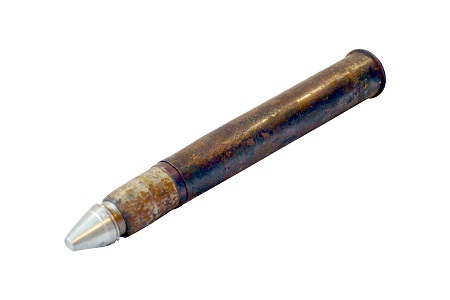
Rounds for the Pak/Kwk36. The same gun was also used in the early Panzer III's, thus both high-explosive and armoured-piercing rounds were required. Here we present a selection of the types of rounds used.


By 1941 and the invasion of the Soviet Union, this inability to cope with the increasing thickness of armour was laid bare when the T34 and KVs were encountered. By 1942 the Pak36 was declared obsolete, having been replaced by the larger calibres of the Pak38 and Pak40. Production did continue through till the end of the war, seeing some 20,000 examples produced.
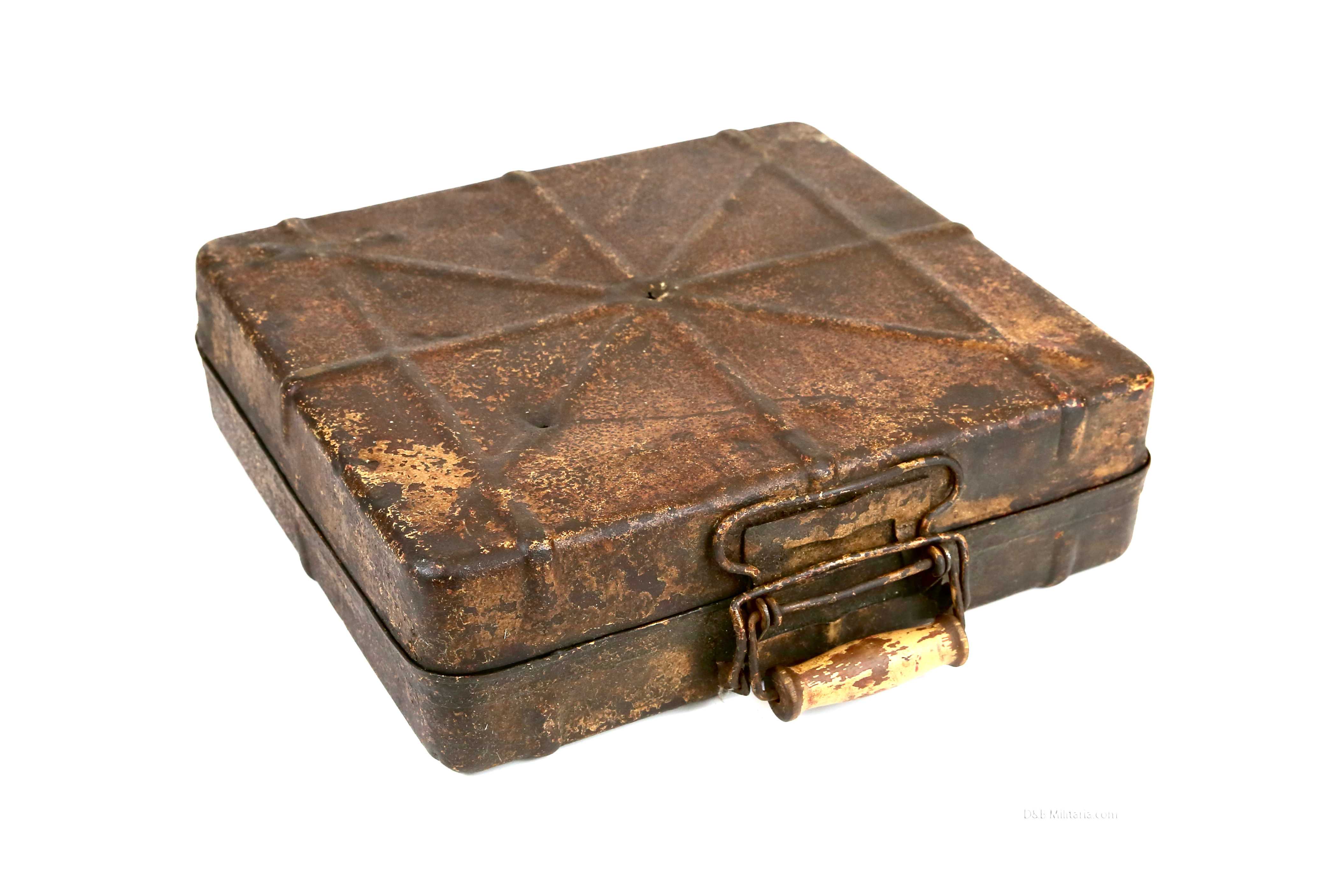
Metal ammunition box for the transporting of 12 rounds. This type of box was used specifically for the Pak36. This actual box still retains traces of desert sand paint, indicating it was used by the Afrika Corps. The handle allows for carrying in the field and while excellent for its intended purpose, this type was costly to produce, both in materials and man hours.
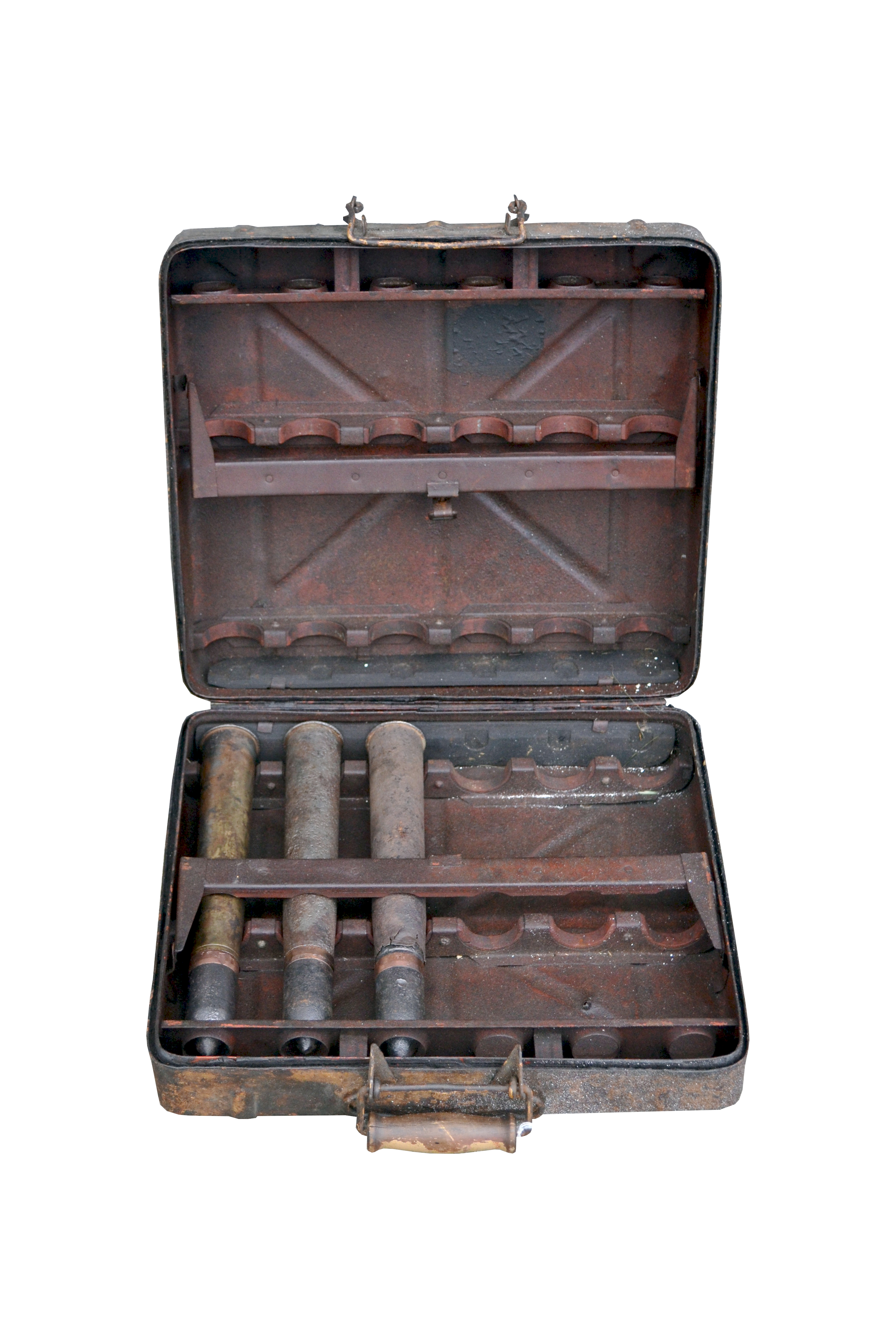

Metal ammunition box for the transporting of 12 rounds. This type of box was used specifically for the Pak36. This actual box still retains traces of desert sand paint, indicating it was used by the Afrika Corps. The handle allows for carrying in the field and while excellent for its intended purpose, this type was costly to produce, both in materials and man hours.

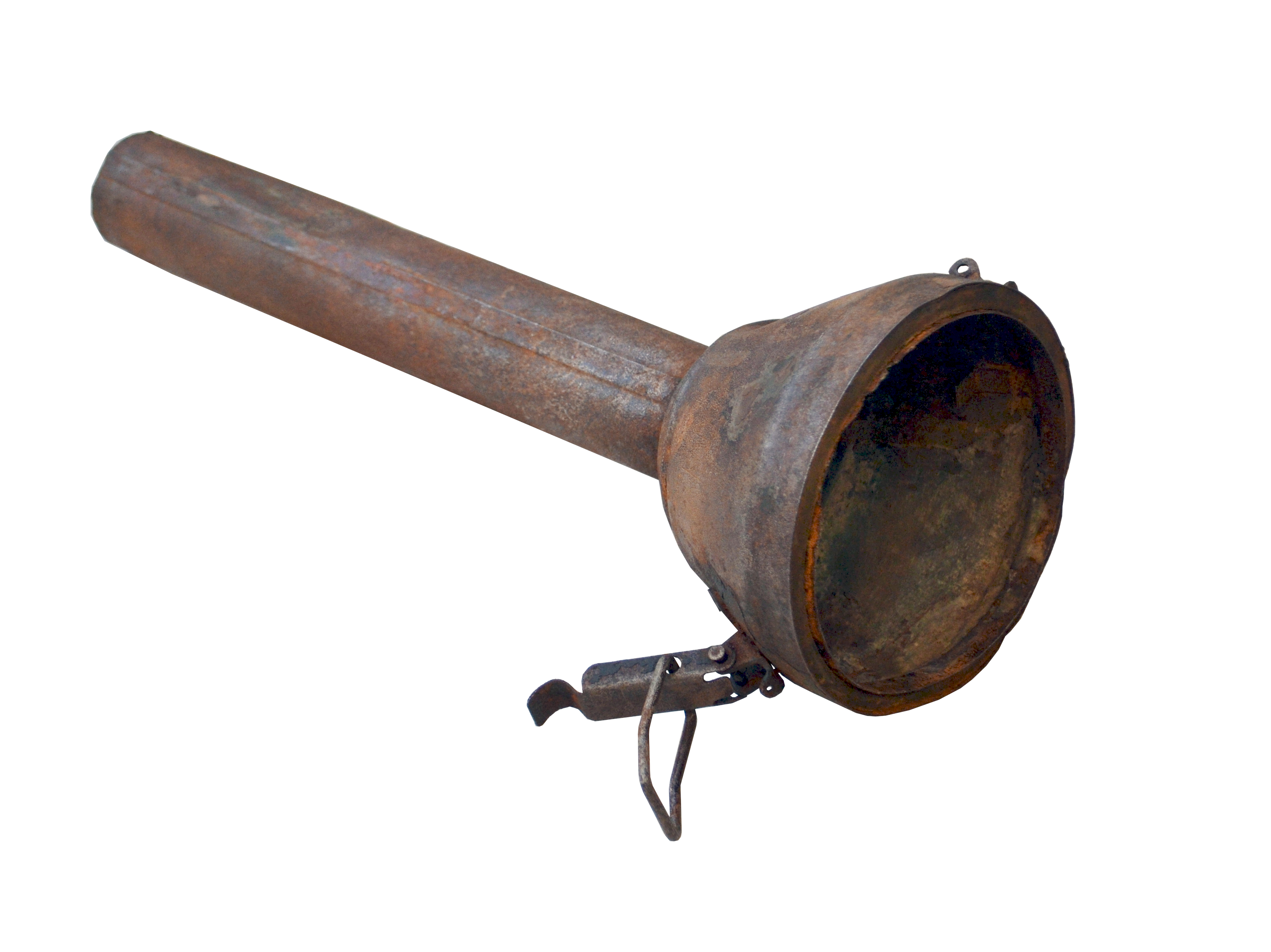
Z34 demolition charge holder. All guns deployed in the field by German forces, were issued with a demolition charge. These varied in size and destructive power, depending on the type of gun they were intended for. The Z34 was specifically designed to provide the gun crew of the Pak36 with everything they required to neutralise the gun in the event of imminent capture. The cannister originally contained an explosive charge, detonation cord and actual detonator (usually an M39 primer found on the M1939 egg grenades).
The gun had a crew of 5 (Commander, who also acted as spotter, gunner, loader and two ammunition bearers). The maximum range was 5,484 m (5,997 yards), with the effective range of 500 m (546.8 yards), but he short range did leave the crew vulnerable to enemy fire. Rate of fire was 13 rounds per minute. Each gun cost 5,730 RM (£477.50) in 1939 prices (this was the equivalent to 1.5 semi-detached houses in the Botley are of Oxford at the time)
Set of German WW1 binoculars. These were reissued in WW2 to officers and senior NCO's. The gun's commander would have carried a set for the purpose of spotting and targeting enemy tanks.
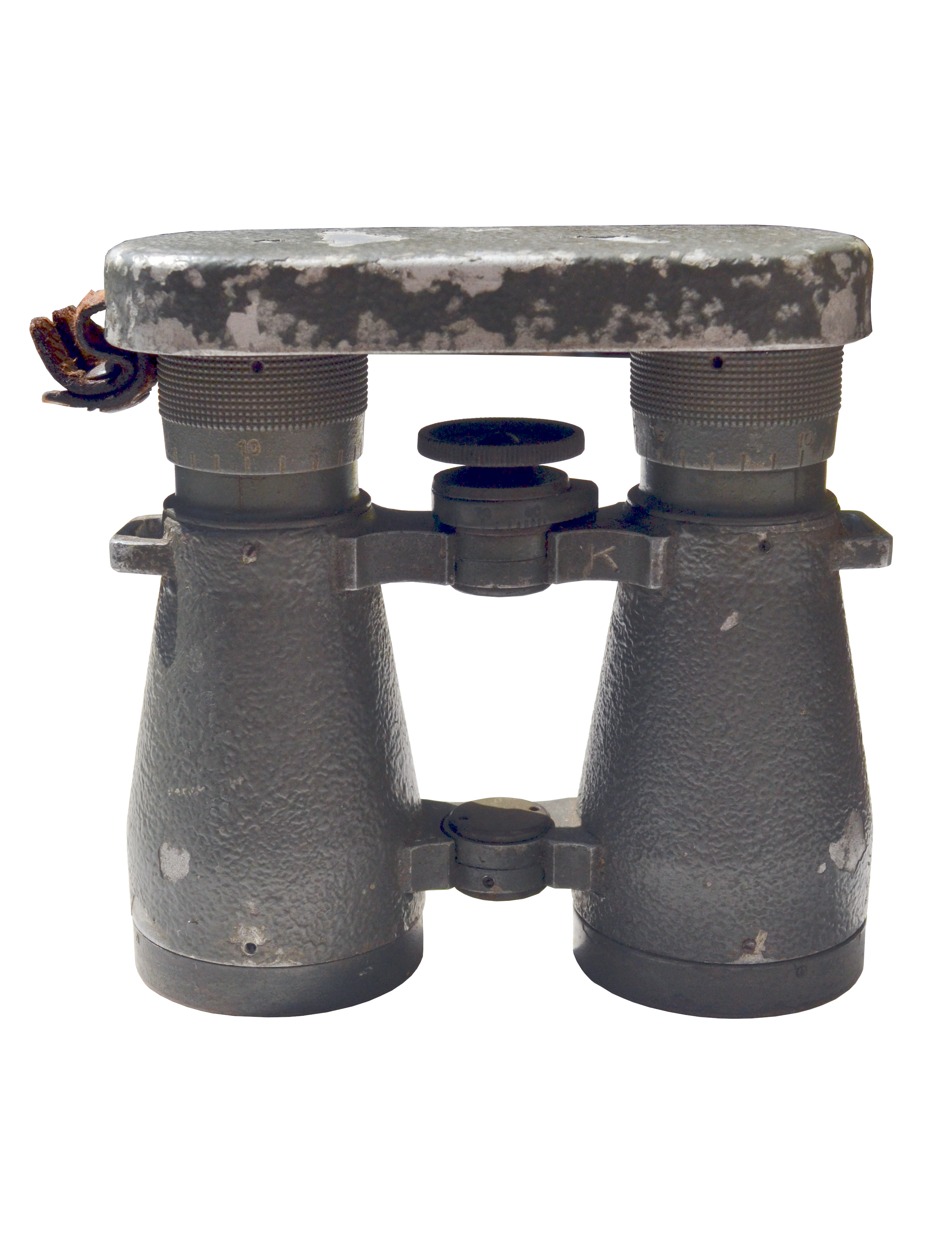

Set of German WW1 binoculars. These were reissued in WW2 to officers and senior NCO's. The gun's commander would have carried a set for the purpose of spotting and targeting enemy tanks.


To view a prepared Pak 36 position of the Westwall, click here.
To view a video of our Pak 36 replica being fired, click here.
To read about the Pak 38, click here.
Back
To view a video of our Pak 36 replica being fired, click here.
To read about the Pak 38, click here.
Back
